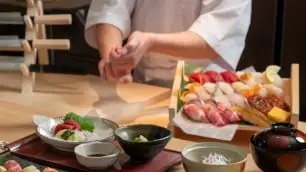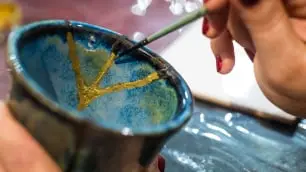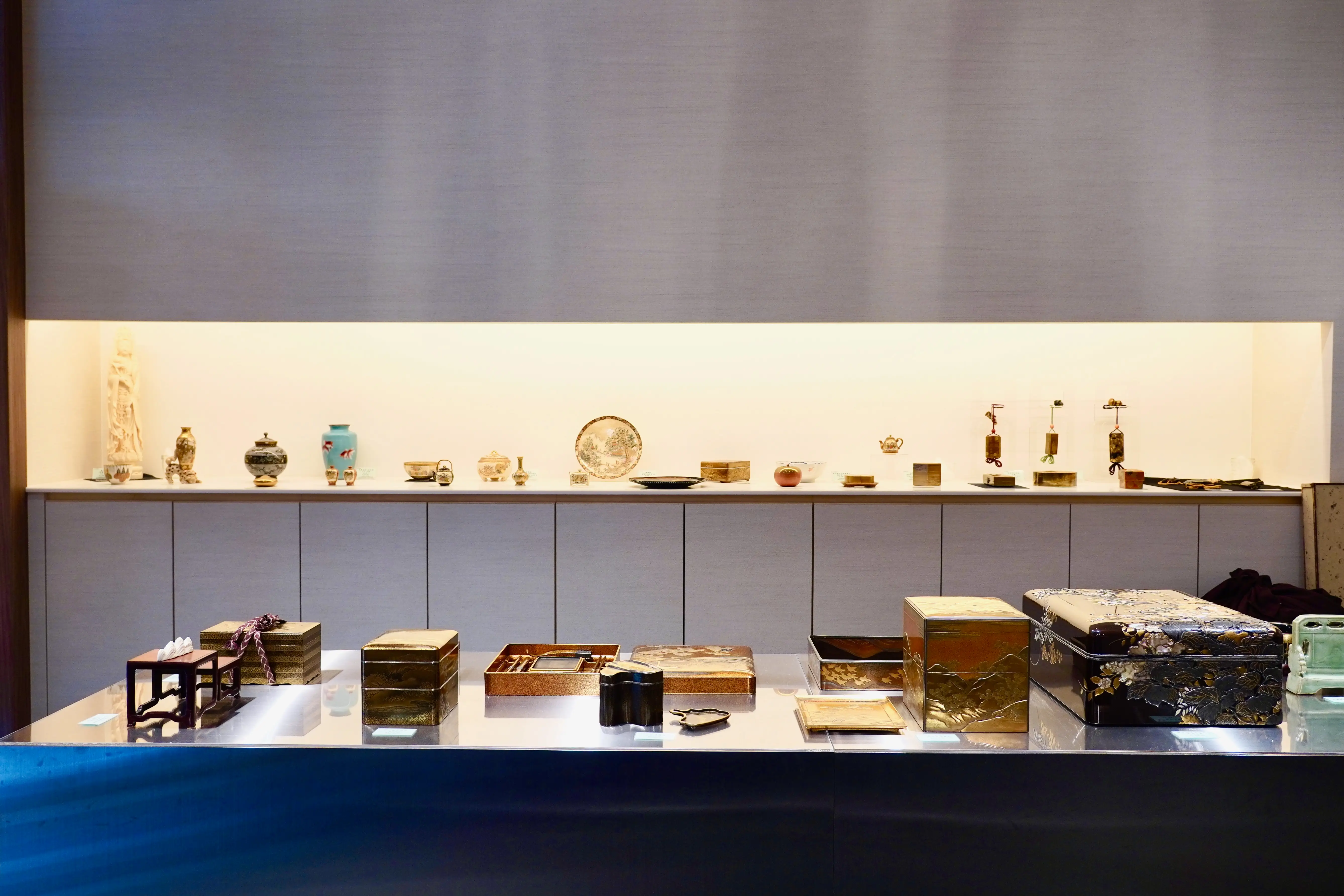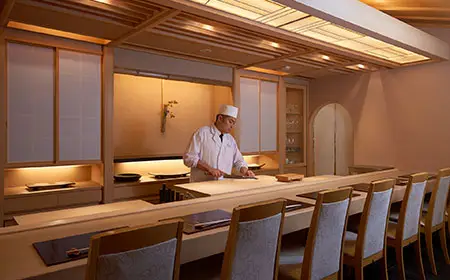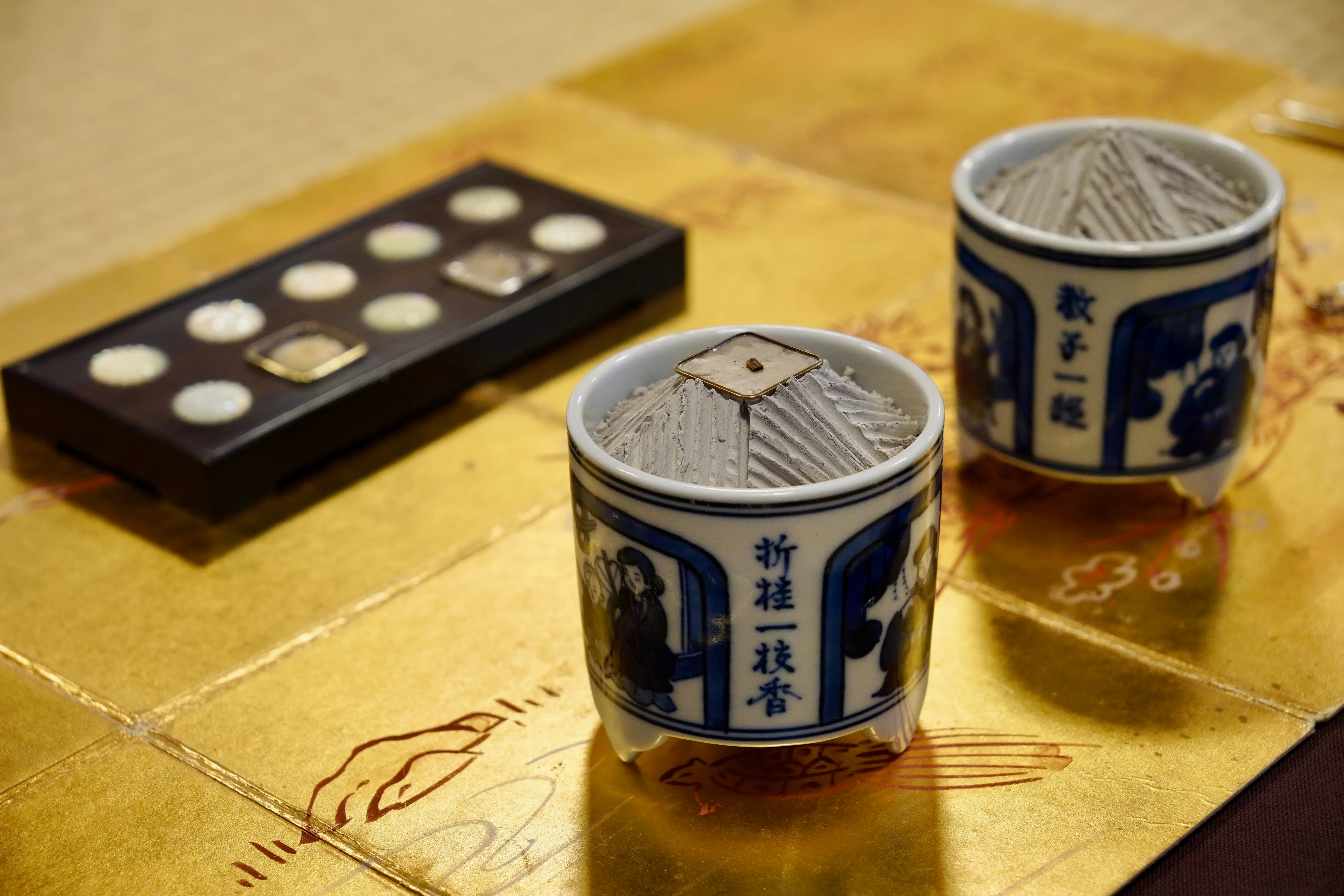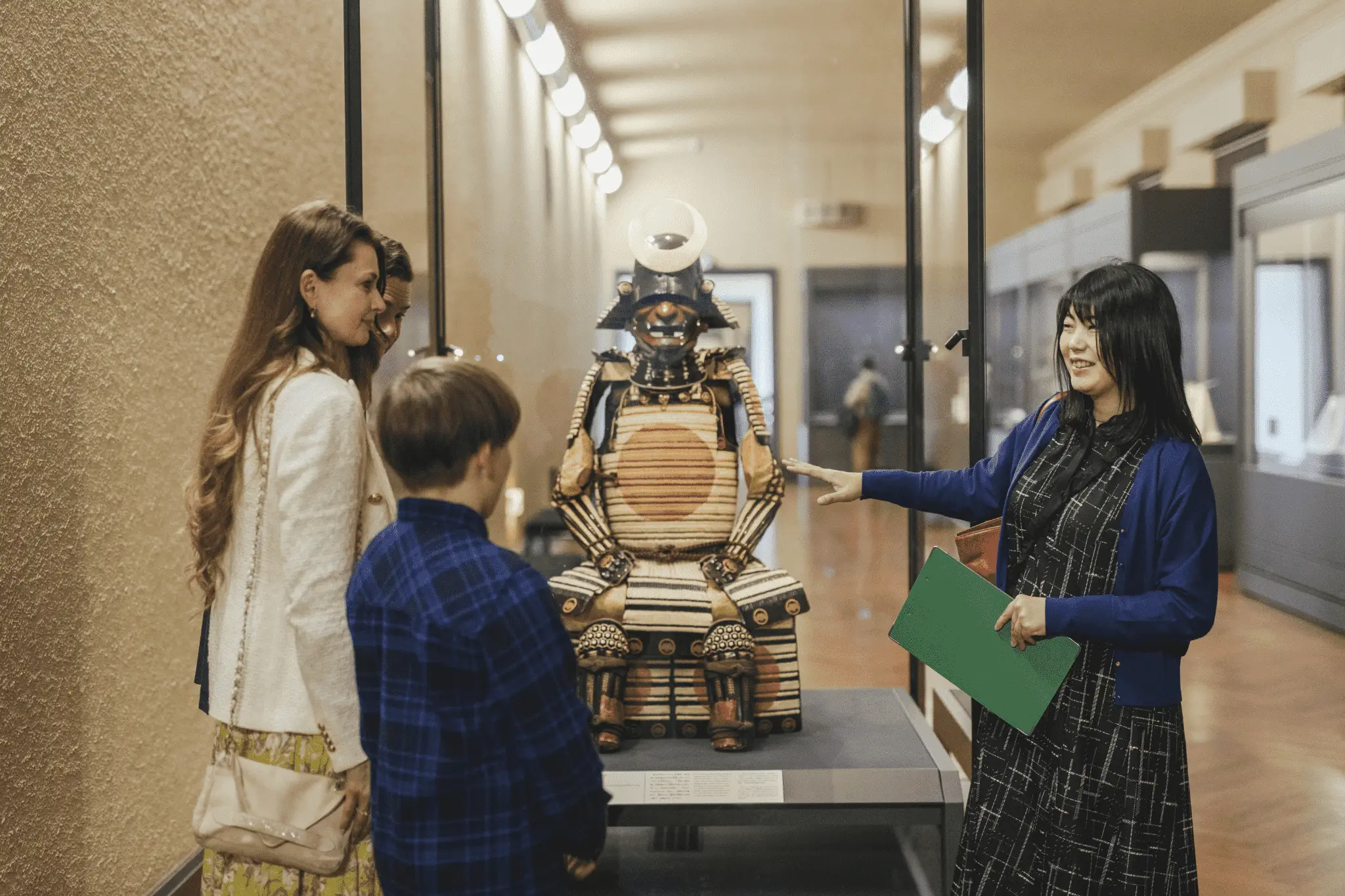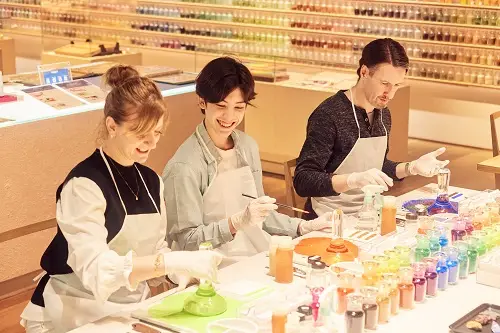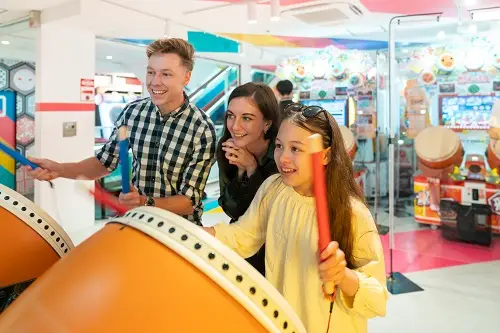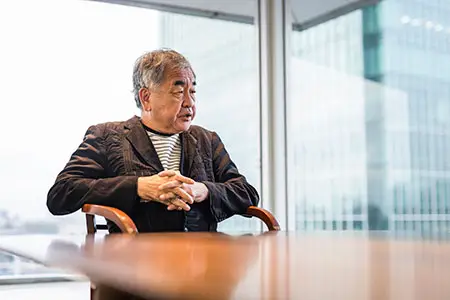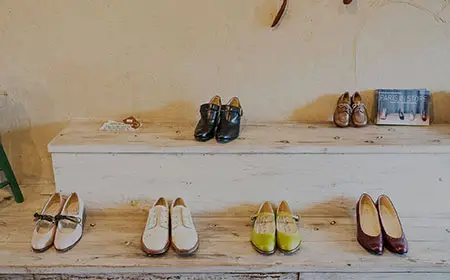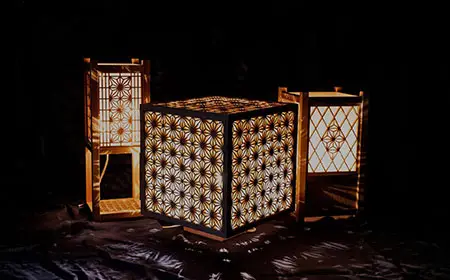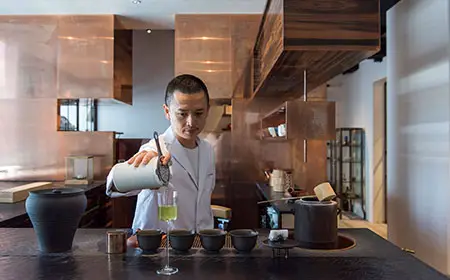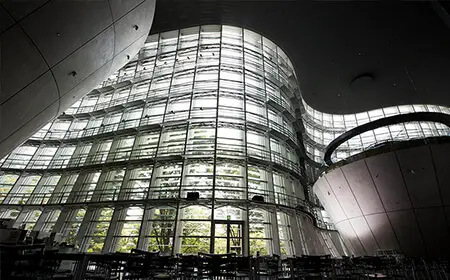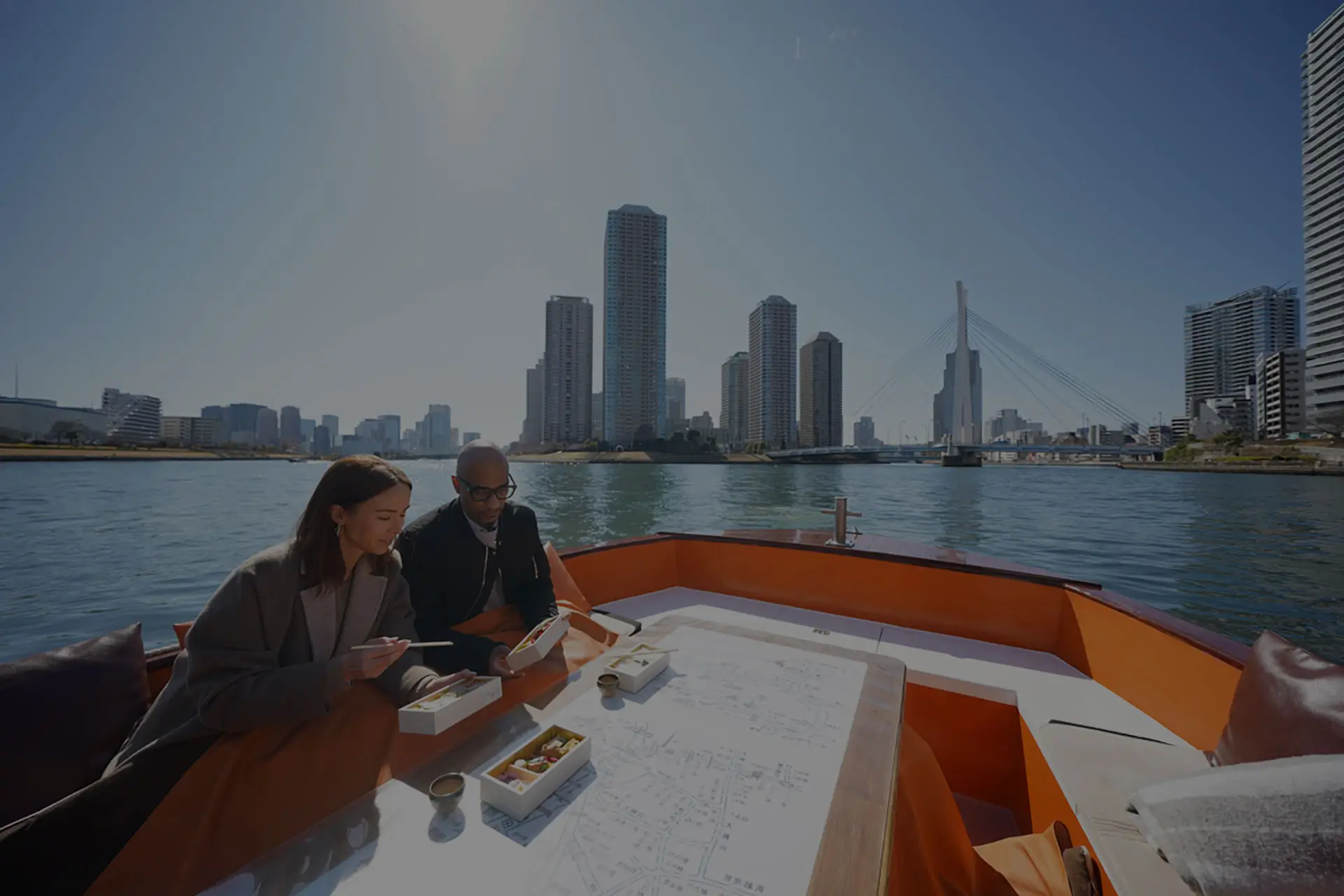
A BOAT JOURNEY TO UNCOVER TOKYO'S ORIGINS
Trace the history of Tokyo - from its roots as a humble fishing village, to its days as the prosperous capital called Edo, to the dynamic metropolis that it is today - on a boat ride through its waterways. A cruise from Nihonbashi will take you on a journey through time and give you a peek into Tokyo's food culture, architecture, and religious traditions.
Numerous waterways flow through central Tokyo. The city was built on water, so its origins can be seen in the canals and rivers. Today, a boat ride offers unique insights into the city's food culture and architecture, providing visitors with fantastic opportunities to learn more about Tokyo.
In the northeast of the capital lies Kanda, an area where water has long been central to people's way of life. Its namesake river, the Kanda and the surrounding numerous tributaries became the beating heart of Tokyo and the starting point of its development. From there, staples such as food, drink, and building supplies were transported, and riverbanks became social settings, for worship and pleasure.
Mizuha, a luxurious craft that glides under Tokyo's inner-city bridges, departs from the pier at nearby Nihonbashi to cruise these historic waters. The vessel features a wide, open deck, where guests can enjoy unobstructed views, including of cherry blossoms in spring, with the comfort of pillows and backrests. Summer cruises bring cool evening breezes and, during winter, electric blankets fend off the cold. There is also indoor seating and washroom facilities, making the Mizuha a welcoming place to spend several hours.
Over a delicious bento box lunch, which you can bring or buy onboard, Mizuha's guide explains how popular sake consumption was centuries ago. "An average person consumed 40 large bottles a year," she says while pouring a range of sakes. From the honey-colored pungency of historic sakes that were once transported in barrels on this river, to new sparkling varieties, the selection is delightful. Before long, one can easily imagine life centuries ago, when the river was abustle with workers and pleasure-seekers alike.
The cruise continues into the heart of Tokyo, passing under elegant arched bridges and networks of train lines. Passersby on bridges wave and large herons and egrets lift off the shores.

There are many points of interest nearby, too. A shrine at Kanda was a central place to pray to the guardian deity of Tokyo when a new form of government was formed in Japan in 1603. Today, it is possible to meet the Head Priest and receive a blessing in the inner sanctum. Ancient Japanese instruments are played, and dances are performed by a miko, or shrine maiden.
In the shrine's art collection, priceless scroll paintings depicting Kanda's elaborate festival parades are unrolled for valued guests. These intricate works from the Edo period (1603-1867) are displayed alongside modern-day manga scrolls, as Kanda is located near Akihabara, an area famous for anime and technology. Valuing the culture of all ages is a key to Kanda's enduring popularity.

Nearby is the beautifully preserved home of the Imasa family, who were successful lumber merchants in old Kanda. Its interior reveals invaluable materials used in its construction, including thousand-year-old cedars from Yakushima. Some contemporary touches, such as crystal chandeliers, have been added but the scale and flow of a genuine Edo residence is easy to appreciate over a bowl of green tea and traditional sweet that celebrates the season.

Looking down the river from the riverbank, just a short ride from Imasa, seen earlier in the day, it is easy to understand how this location became the prime unloading spot for the city's building materials in the mid-1600s. A thriving market also sprung up here, with stalls selling fresh food and a milky white sake known as shirozake.
Shirozake was the brainchild of Toshimaya, a liquor store that served sake to merchants and samurai who unloaded the stones destined for Edo Castle. Today, just as in the 16th century, Toshimaya operates as a standing bar. Toshimaya's President Toshiyuki Yoshimura guides tastings of the company's best sakes, paired with gourmet ingredients from the attached open kitchen. He offers authentic historic combinations such as sake with grilled miso-coated tofu and modern pairings such as Toshimaya butter created with dried fruits and served with a sparkling sake. An array of exciting tastes makes for the perfect blending of old and new.






